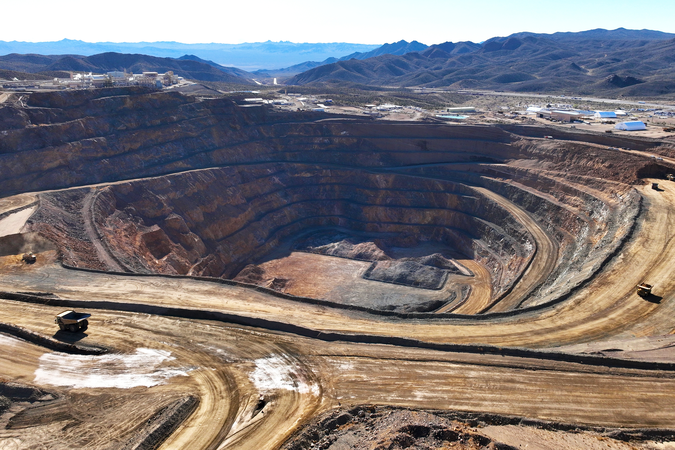Greater Contribution From Agricultural Sources to Future Reactive Nitrogen Deposition in the United States
This research identifies protected areas that would benefit most from better reactive nitrogen management strategies.
Abstract
Many sensitive ecosystems in areas protected for biodiversity conservation in the United States suffer from exposure to excess reactive nitrogen (Nr) released by fossil fuel combustion and agricultural practices and deposited onto the land surface and water bodies. The Community Multiscale Air Quality (CMAQ) model was applied over the contiguous United States to link emissions and climate change to reactive nitrogen deposition by simulating both present‐day and future speciated Nr deposition to protected areas. Future conditions included examining the Representative Concentration Pathway 8.5 climate and the Shared Socio‐Economic Pathway 5 emission scenarios. We further identify protected areas that would benefit most from better Nr management strategies by comparing the simulated deposition with multiple critical loads (CLs) for both biodiversity and acidification in terrestrial and aquatic ecosystems. Achieved by further NOx emission reductions from the mobile and power generation sectors, future Nr deposition is expected to decrease. However, in regions with intensive fertilizer application or hosting concentrated animal feeding operations, the reduction may be offset by rising agricultural NH3 emissions. The protected areas having CL exceedances in 2050 are expected to increase by 5.5% for empirical lichen‐based CL, and by 11% and 22% for surface water and forest soil acidity, respectively, because of the agricultural NH3 emission increase. By linking the deposition simulations with a water quality model, we identified that atmospheric deposition is the dominant source of nitrogen for several remote watersheds, including several lakes in National Parks and National Wilderness areas in Colorado, Montana, and Minnesota.
Authors

Yilin Chen

Huizhong Shen

Armistead G. Russell

Shuai Shao

Yongtao Hu

Mehmet Talat Odman

Athanasios Nenes

Gertrude K. Pavur

Yufei Zou

Zhihong Chen

Richard A. Smith

Charles T. Driscoll





